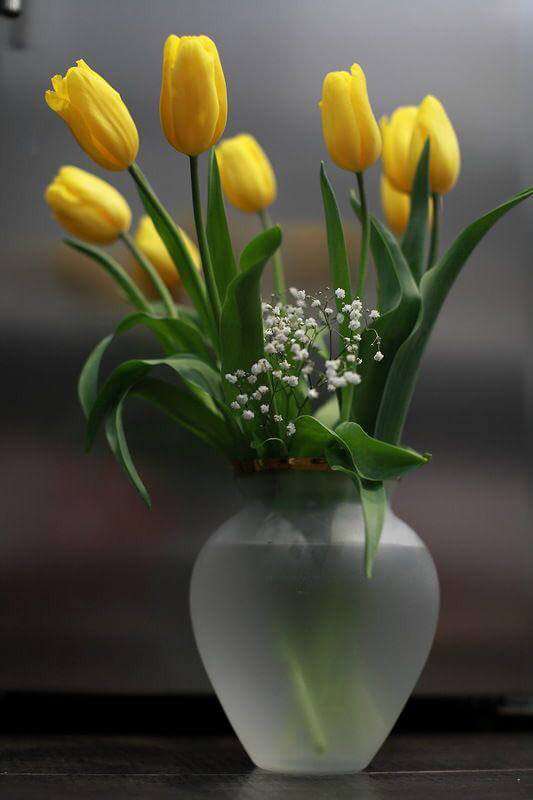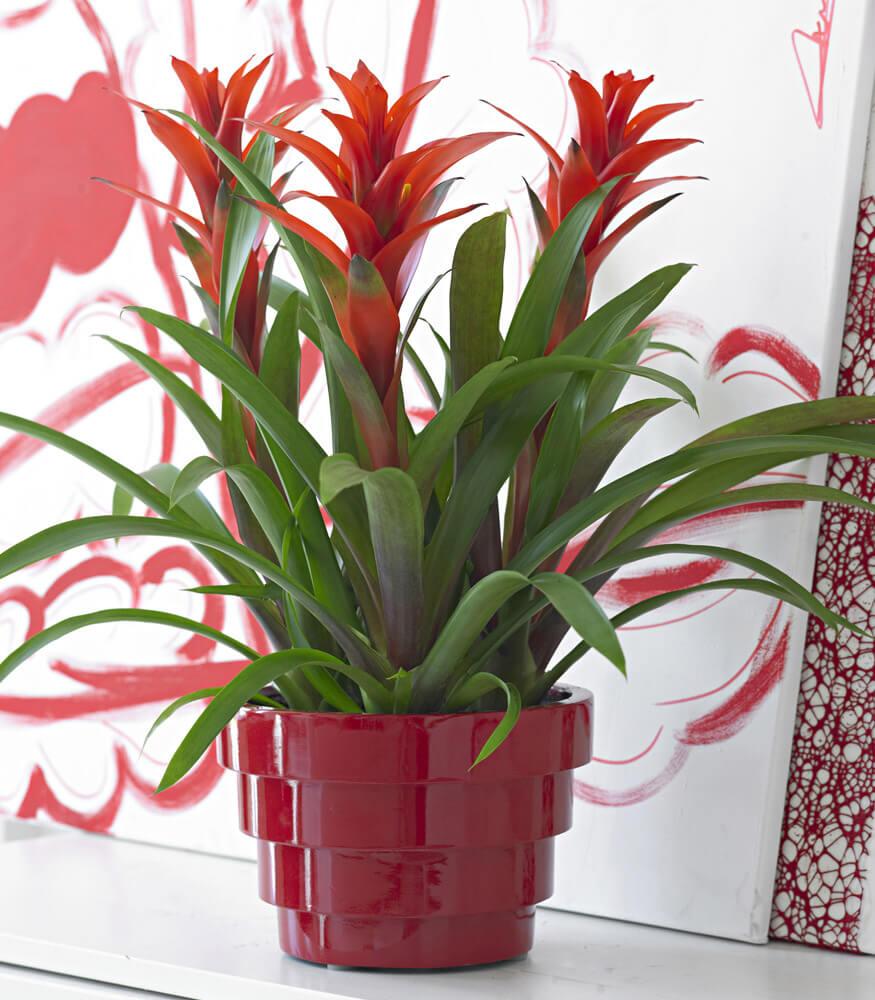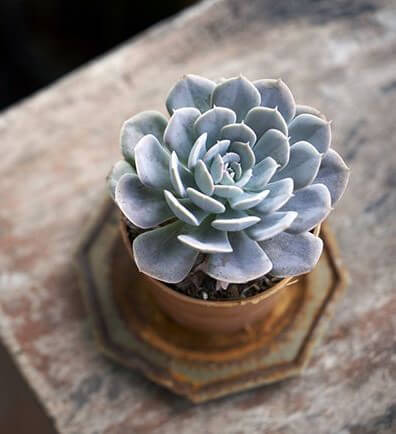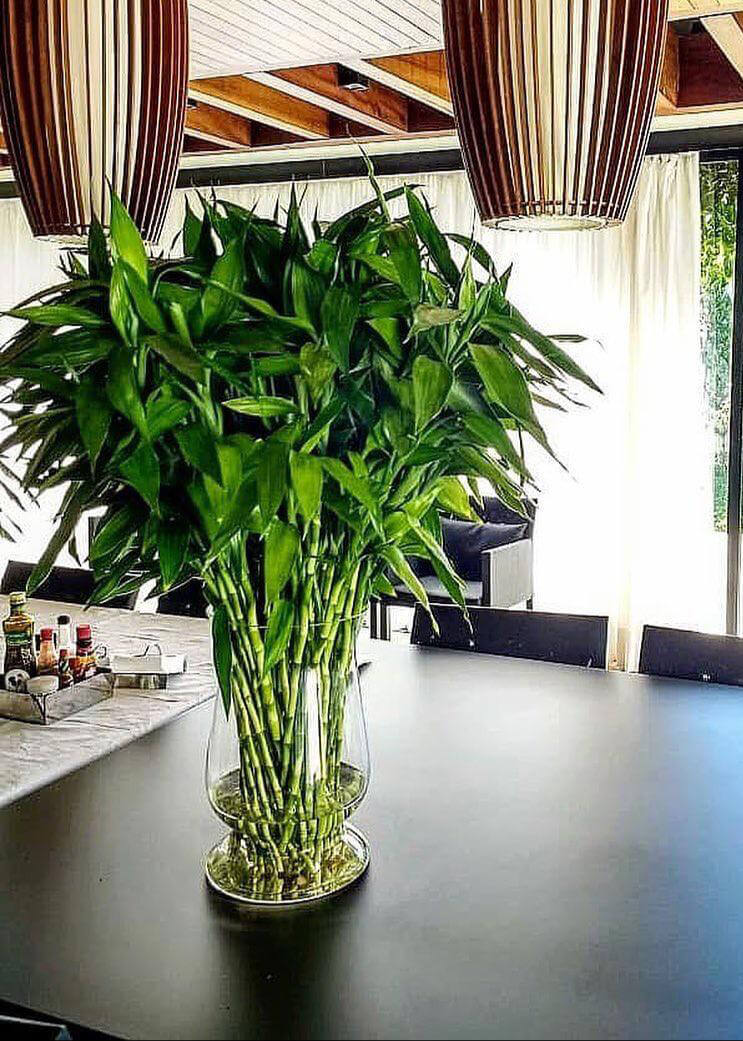FLOWERS AND PLANTS CARE
Taking care of the flowers is not as complicated as it seems, you just have to follow the following steps to enjoy them for a long time.
Flowers Bouquet

Phalaenopsis Orchid Plant
Watering
Watering time from 16 to 21 days. It will depend on the weather conditions, this type of substrate (Sphagnum Moss) stores a lot of humidity so you must be very careful with the days of watering since the roots can rot.
Watering can be done in the following ways:
1. Immerse the pot in a container of water
2. Pour water from the top using any container, you must be careful that the water only comes into contact with the substrate where the roots of the plant are.
After watering, drain the excess water in its entirety.
Light
Phalaenopsis orchids enjoy indirect and abundant light, meaning that exposing your orchid to direct sunlight should be avoided as it can cause burnt leaves and flower drop.
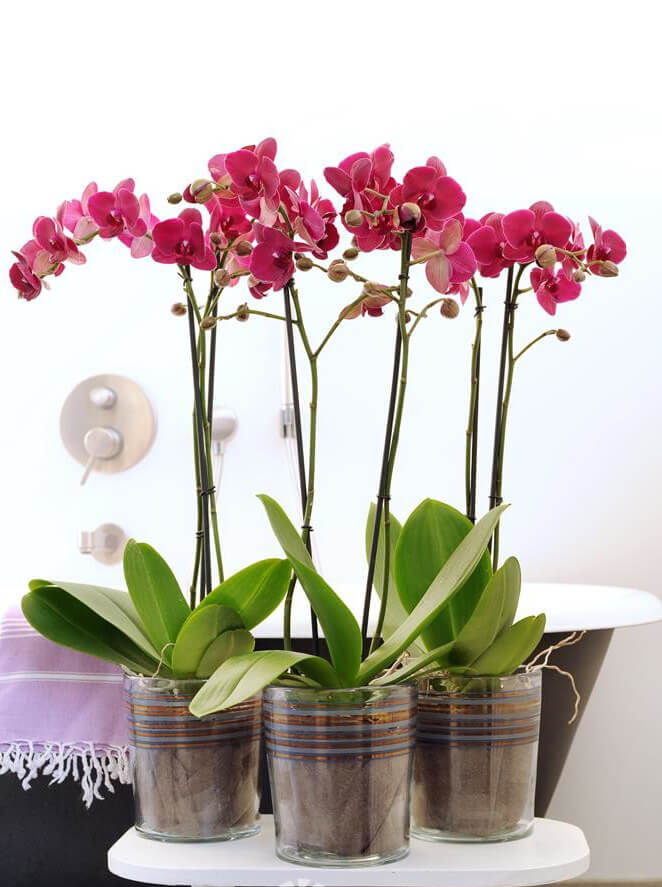
Optimal temperatures to help extend the life of the orchid are between 59-77 ° F. It is essential to avoid hot or cold drafts, for example near an open window, heating or air conditioning outlet.
Humidity
An orchid enjoys humid air at a humidity level between 55-75%. In a place where it is very hot the humidity level should be higher and that can make the heat easier for the plant to bear.
New bloom
When the orchid stops flowering it enters a dormant stage, the orchid needs to grow to take energy and create a beautiful new flower spike. After the flowers have fallen you have two options:
1. If the flower stem is green and healthy, cut the spike .78 inches above the healthiest node (usually the one near where the flowers were)
2. If your dowel has turned brown or dried, cut it off at the base. After this, continue taking care of your orchid as you usually do so that it blooms again.
Anthurium plant
Healthy Anthurium plants are continually in bloom, as each new sucker will also produce an individual flower bud that will last for several months.
Watering
You should water moderately every 5 to 9 days depending on the weather conditions, trying to keep the substrate moist.
How should the irrigation be done?
Water from above until the substrate is saturated with water, then the excess water must be allowed to drain completely. Be careful not to leave stagnant water in the pot, as this will increase the chances of root rot.
Light
Anthurium needs abundant, indirect light. Direct sunlight can burn the plant therefore it should be avoided.
Temperature
The temperature between 59° F and 84.2 ° F is ideal for the plant.

Humidity
The Anthurium plant enjoys an optimum humidity level slightly higher than what is present in most homes (70-80% RH) but it can withstand lower humidity. An easy way to increase humidity is by placing your pot on top of a shallow tray with decorative rocks and water, using a humidifier, or placing it in the bathroom.
Anomaly Indicators
Yellow and / or brown leaves: Excessive watering, fertilization or light.
Wrinkled leaves: Lack of watering.
Leaves with brown or whitish tips: Excess sunlight.
Other Anthurium care:
Transplanting
WHEN?
Anthurium will require transplanting every 2-3 years.
HOW?
1. Select a pot with adequate drainage that is one size larger than your current pot.
2. Remove the plant from the current pot, shake off any excess substrate and gently loosen the roots.
3. Fill the new pot 1/3 full of potting substrate and place the plant on top, then fill the sides until the roots are completely covered
Pruning
WHEN?
When your anthurium has an excess of leaves it is time to remove some. Trimming will stimulate the plant to produce new leaves and flowers.
HOW?
1. Select small pruning shears and sterilize the blades with alcohol.
2. Remove dead or wilted flowers and leaves by cutting them at the base.
Fertilization
WHEN?
Anthurium plants need fertilization when new leaves start to grow. It is advisable to feed them once a month with a liquid balanced fertilizer, or you can with a slow-release one, which you can buy at any garden store.
Cactus plant
The Cactus is a plant that likes to be in a bright place and can even be in full sun. The cactus needs little care.
Watering
Spray water every 2 weeks during the months of March to September and for the period from October to February, watering is recommended to do it once a month. Depending on the weather conditions.


